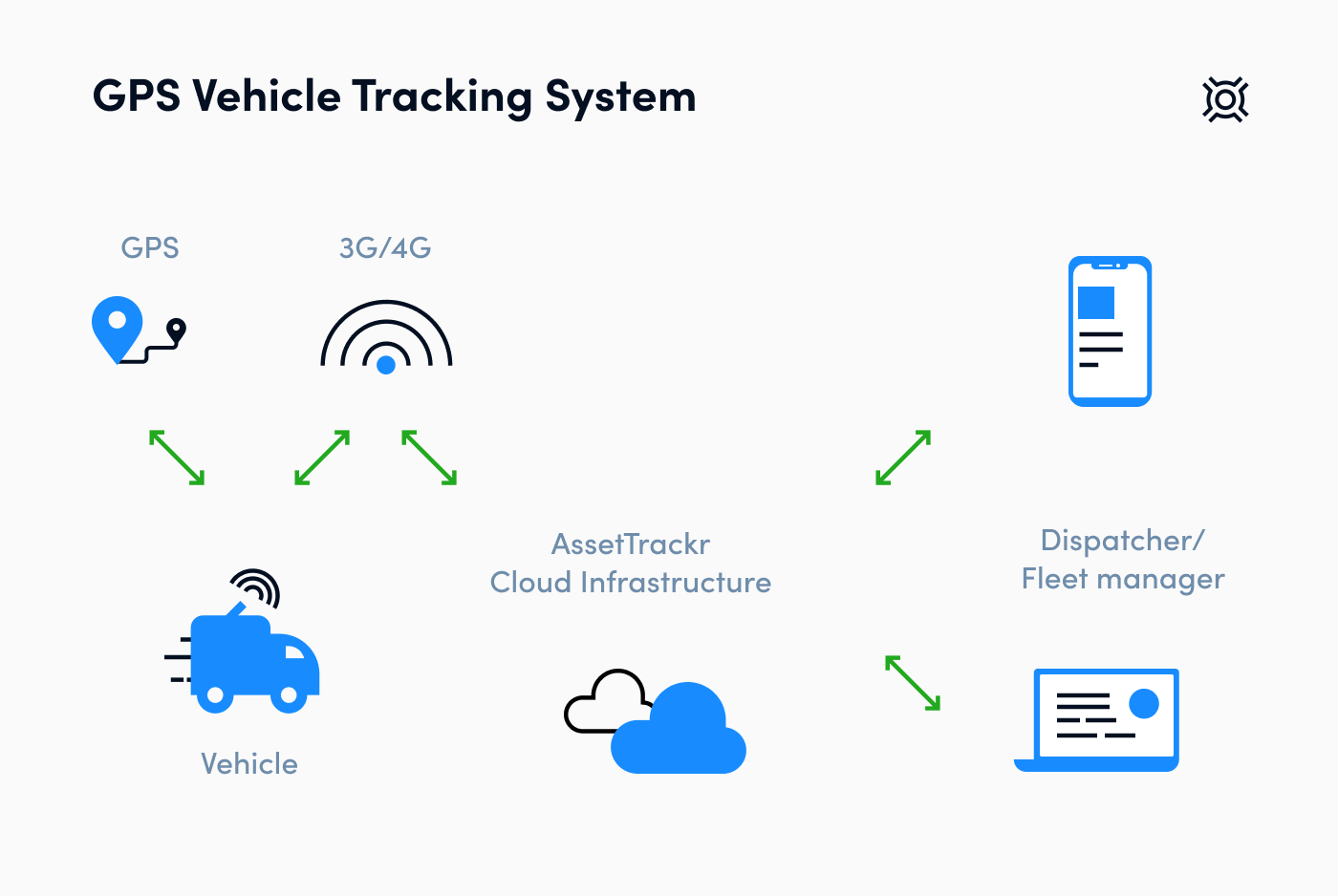Gps Tracking System Circuit Diagram A GPS tracking system is a combination of hardware and software components that puts you in the driver's seat, of course, metaphorically. This means, your vehicles will be installed with cellular devices, plug-and-play port devices, and sensors that are connected to software that'll monitor a driver's behavioral patterns, track a vehicle's health, run diagnostics among other functions. 3- Mobile App Development: Tracking User Location. So far, we've developed the backend and frontend applications we need. Now, only the development of the mobile application, which will send the A custom real-time GPS tracking system for commercial transportation management will do the trick for you. However, you should never make an IoT fleet GPS tracking software just for the sake of it. When developed in a rickety way, it may do more harm than good.

Save the 'GPS_Tracker' sketch folder as pictured above to any destination you like. Double click on 'GPS_Tracker.ino' to open the IDE. Ensure that the connection to your TinyDuino is configured properly, turn on your TinyDuino, and hit upload. Open the Serial Monitor to ensure that your device is outputting properly.

Time Location Tracking System with Flutter, Node.js and ... Circuit Diagram
An efficient vehicle tracking system is implemented for monitoring of any equipped vehicle from any location at any time with the help of Global Positioning System (GPS) and Arduino Board which will enable users to locate their vehicles with ease and in a convenient manner. Real-Time Tracking Here, the GPS receiver receives the location

The world of gps tracking and real-time data is growing fast. It's changing how we manage fleets thanks to advances in gps technology and smarter tracking systems. Soon, tracking vehicles will mean more than knowing their spots. Real-time vehicle tracking systems now offer a full view of transportation. This helps make operations smoother Now let's make a realtime GPS tracker using this hardware setup: Software Part: So here we have to do two things: a. Making a webpage, where the live location of the device will be shown. b. Sending the GPS data from Raspberry Pi to the webpage. a. Making a Realtime geolocation tracking webpage: So let's make the webpage first. For tracking the device and display the position in real-time on a map, we will use Mapbox and Javascript powered EON Dashboard. The full code can be found here. To start you will need to create a MapBox account. Once this is done, you can either create a new map design or use an existing one for example Mapbox streets.